
Date: 2025-11-29 Page is: DBtxt003.php L0300-Pollution
|
MAJOR ISSUES
Pollution Many different sorts of pollution ... all doing damage to people, society and the environment | |||||||||||||||||||||||||||||||||||||||||||||
| TO DO ... update images to be more relevant to the subject matter |
USA Stream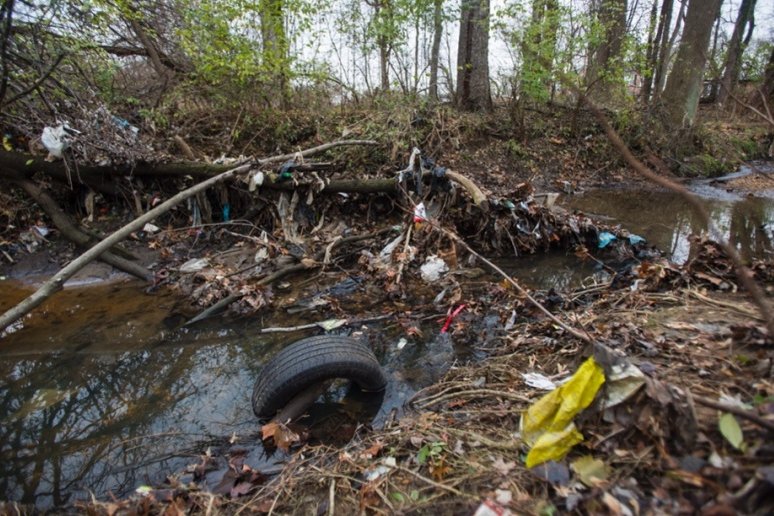
|
Phillipines Beach
|
Sea Bird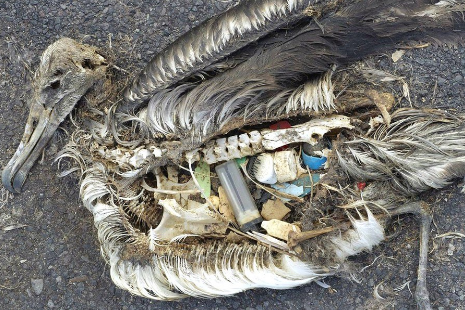
|

|

|

|

|
| POLLUTION FROM OIL SPILLS | GO TOP |
|
Different handling of oil spills in Brazil and USA
Brazilians charge Big Oil for spill...why didn't we? | Open file 1831 |
| PLASTIC POLLUTION | GO TOP |
|
Initiative: The Ocean Cleanup
| Open L0500-The-Ocean-Cleanup |
|
Ethical-Corporation-Plastics-Briefing
'http://truevaluemetrics.org/DBpdfs/Pollution/Ethical-Corporation-Plastics-Briefing.pdf' | Open PDF ... Ethical-Corporation-Plastics-Briefing |
|
Marine Anthropogenic Litter
Reports of plastics in the marine environment began to appear in the early 1970s. At the time, Edward Carpenter of the Woods Hole Oceanographic Institution speculated that the problem was likely to get worse and that toxic, non-polymeric compounds in plastics known as plasticizers could be delivered to marine organisms as a potential effect. Carpenter’s speculations were correct and probably more so than he imagined. The quantity of plastics in ocean waters has increased enormously, and toxic plastic additives, as well as toxicants concentrated by plastics from the surrounding sea water, have been documented in many marine species | |||||||||||||||||||||||||||||||||||||||||||||
|
The complete book (462 pages)
|
Open PDF ... Marine-Anthropogenic-Litter-Book
|
Open external link
| 'https://link.springer.com/book/10.1007%2F978-3-319-16510-3'
Open External Link ...
|
Introduction / Brief History of the Research
|
|
Chapter 1 ... A Brief History of Marine Litter Research ... Peter G. Ryan
| Open PDF ...
Chapter 1
|
Part I ... Abiotic Aspects of Marine ... Litter Pollution
|
|
Chapter 2 ... Global Distribution, Composition and Abundance of Marine Litter ... François Galgani, Georg Hanke and Thomas Maes
| Open PDF ...
Chapter 2
|
Chapter 3 ... Persistence of Plastic Litter in the Oceans ... Anthony L. Andrady
| Open PDF ...
Chapter 3
|
Part II ... Biological Implications of Marine Litter
|
|
Chapter 4 ... Deleterious Effects of Litter on Marine Life ... Susanne Kühn, Elisa L. Bravo Rebolledo and Jan A. van Franeker
| Open PDF ...
Chapter 4
|
Chapter 5 ... The Complex Mixture, Fate and Toxicity of Chemicals Associated with Plastic Debris in the Marine Environment ... Chelsea M. Rochman
| Open PDF ...
Chapter 5
|
Chapter 6 ... Marine Litter as Habitat and Dispersal Vector ... Tim Kiessling, Lars Gutow and Martin Thiel
| Open PDF ...
Chapter 6
|
Part III ... Microplastics
|
|
Chapter 7 ... Microplastics in the Marine Environment: Sources, Consequences and Solutions ... Richard C. Thompson
| Open PDF ...
Chapter 7
|
Chapter 8 ... Methodology Used for the Detection and Identification of Microplastics—A Critical Appraisal ... Martin G.J. Löder and Gunnar Gerdts
| Open PDF ...
Chapter 8
|
Chapter 9 ... Sources and Pathways of Microplastics to Habitats ... Mark A. Browne
| Open PDF ...
Chapter 9
|
Chapter 10 ... Microplastics in the Marine Environment: Distribution, Interactions and Effects ... Amy Lusher
| Open PDF ...
Chapter 10
|
Chapter 11 ... Modeling the Role of Microplastics in Bioaccumulation of Organic Chemicals to Marine Aquatic Organisms. A Critical Review ... Albert A. Koelmans
| Open PDF ...
Chapter 11
|
Chapter 12 ... Nanoplastics in the Aquatic Environment. Critical Review ... Albert A. Koelmans, Ellen Besseling and Won J. Shim
| Open PDF ...
Chapter 12
|
Part IV ... Socio-economic Implications of Marine Anthropogenic Litter
|
|
Chapter 13 ... Micro- and Nano-plastics and Human Health ... Tamara S. Galloway
| Open PDF ...
Chapter 13
|
Chapter 14 ... The Economics of Marine Litter ... Stephanie Newman, Emma Watkins, Andrew Farmer, Patrick ten Brink and Jean-Pierre Schweitzer
| Open PDF ...
Chapter 14
|
Chapter 15 ... Regulation and Management of Marine Litter ... Chung-Ling Chen
| Open PDF ...
Chapter 15
|
Chapter 16 ... The Contribution of Citizen Scientists to the Monitoring of Marine Litter ... Valeria Hidalgo-Ruz and Martin Thiel
|
Open PDF ...
Chapter 16
| |
| AIR POLLUTION | GO TOP |
| Air pollution ... Greenhouse Gases (GHG) |
|
EPA-pollution-standards-epa-plan-summary-June-2014
Air pollution standards for electic power generation in the USA being proposed by EPA, June 2014 'http://truevaluemetrics.org/DBpdfs/Environmental-Protection/EPA-pollution-standards-epa-plan-summary-June-2014.pdf' | Open PDF ... EPA-pollution-standards-epa-plan-summary-June-2014 |
| Air pollution ... Diesel Soot and Human Health |
|
West Oakland ...Clearing-the-Air-Study ... 2003
West Oakland residents face dangerous amounts of diesel soot in the air: Some West Oakland residents are exposed to roughly five times more diesel particulates than residents in other parts of Oakland. West Oakland residents may have an increased risk of one extra cancer per 1,000 residents due to diesel particulate exposure over a lifetime. There is far more diesel pollution in West Oakland than in the rest of the State/Region: There are 6 times more diesel particulates emitted per person and over 90 times more diesel particulates per square mile per year in West Oakland than in the State of California.2 'http://truevaluemetrics.org/DBpdfs/Place/WestOakland/WestOakland-clearing-the-air-study.pdf' | Open PDF ... WestOakland-clearing-the-air-study |
| ORIGIN OF POLLUTION |
|
AlJazeera English ... Opinion ... Who pollutes: The rich or the poor?
India's prime minister Modi is allowing India's environment to be destroyed in order to cater to powerful foreign investors. Privatising profit and natural resources, socialising pollution | Open file 147 |
|
Polluted Water
Polluted water is everywhere ... almost always the result of bad human behavior at both the consumer level and during the manufacture of producs |
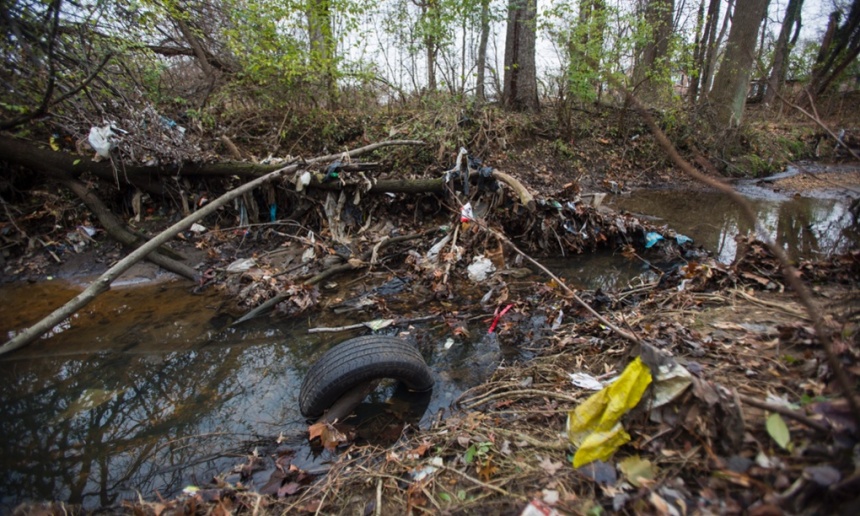
|
Polluted waterway ... all sorts of discarded junk
Solid waste ... all sort of detritus in a small watercourse. This sort of pollution is all over the United States, and is much worse around cities in poor developing countries. |
|
Polluted water ... all sorts of disolved toxins
Building on prior studies largely in Europe in 1999−2000 the USGS Toxics program surveyed 139 stream sites across the U.S. using five target-organic-chemical methods (95 total organic waste analytes; geospatial-chemical space of 13k cells). This study established the ubiquity and corresponding geospatial importance of organic contaminants of emerging concern as potential drivers of aquatic-ecosystem and downstream human health in the U.S.47 The Kolpin et al. study10 also provided one of the earliest glimpses into the complexity of surface water organic-contaminant mixtures, despite the fact that comprehensive chemical characterization was not a study objective and methods for some well established environmental-contaminant classes (e.g., pesticides and VOC) were not included | |
|
Environmental-Science-US-Water-Pollution-Study
'http://truevaluemetrics.org/DBpdfs/Pollution/Environmental-Science-US-Water-Pollution-Study.pdf' | Open PDF ... Environmental-Science-US-Water-Pollution-Study |
|
Wastewater Treatment
A critical part of high value infrastructure | GO TOP |
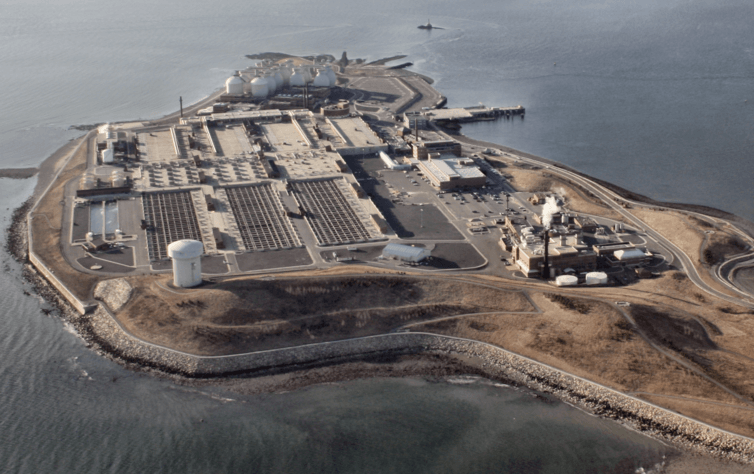
| The Deer Island wastewater treatment plant was the centerpiece of a project to clean up the Boston Harbor. It wasn’t fully operational until 2000. Doc Searls/flickr, CC BY |
|
Ubiquitous Pollution
Polluted water is everywhere ... almost always the result of bad human behavior at both the consumer level and during the manufacture of products | GO TOP |
| New Delhi’s Yamuna River, like much of India’s water, is polluted. The world urgently needs low-carbon ways to clean things up. EPA/Harish Tyagi | Many Chinese waterways are severely polluted. EPA/DIEGO AZUBEL/AAP |

|
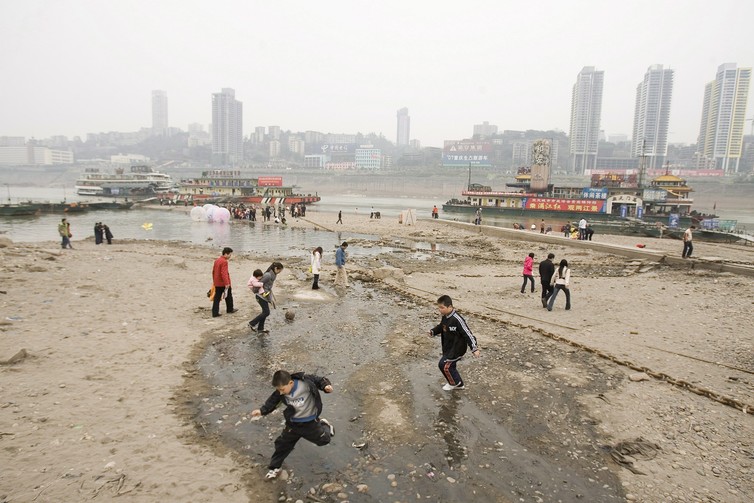
|
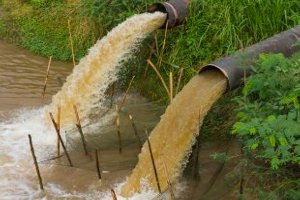
|
|
Issue ... Clean water and sanitation / Climate impact
Let’s make sure that cleaning up the world’s water doesn’t send our climate targets down the gurgler | Open file 12460 |
|
Polluted Water ... Brazil
Polluted water in Brazil became a very visible issue during the 2016 Olympics |
|
Environmental Pollution ... Sewage / Human Waste
As Rio bay waters show, we badly need innovation in treating human wastes | Open file 11749 | |
|
Issue ... Water / Sanitation
Brazil’s sewage woes reflect the growing global water quality crisis | Open file 12459 | |

|
Olympic rowers train in waters near Rio. The lack of sufficient treatment has raised health concerns for athletes. Carlos Barria/Reuters
| |

|
News about the sewage and pollution in Guanabara Bay in Rio have caused health concerns among Olympic athletes. Ricardo Moraes/Reuters | |
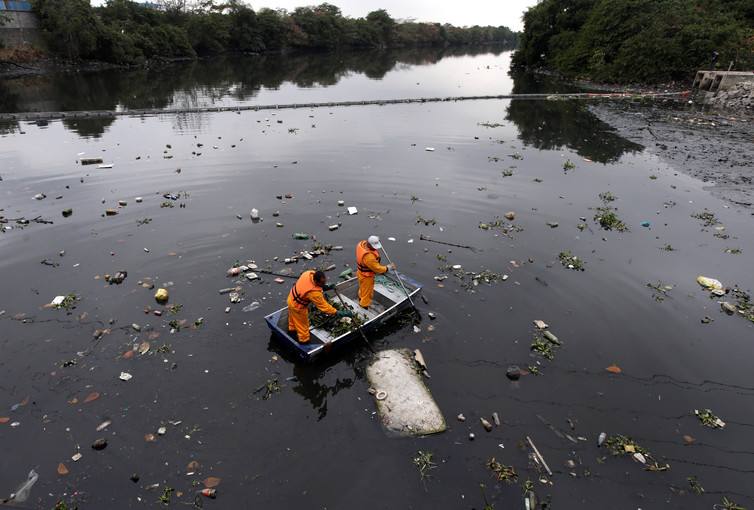
|
Millions of dollars were spent to clean up the trash and treat sewage in the waterways around Rio before the Olympics, but water quality remains a worry. Ricardo Moraes/Reuters |
|
Data about global Human Waste situation
Massive problem largely ignored based on allocation of financial resources |
|
Human Waste
Managed well in mature rich economies, but a huge problem in poor developing countries |

| |||
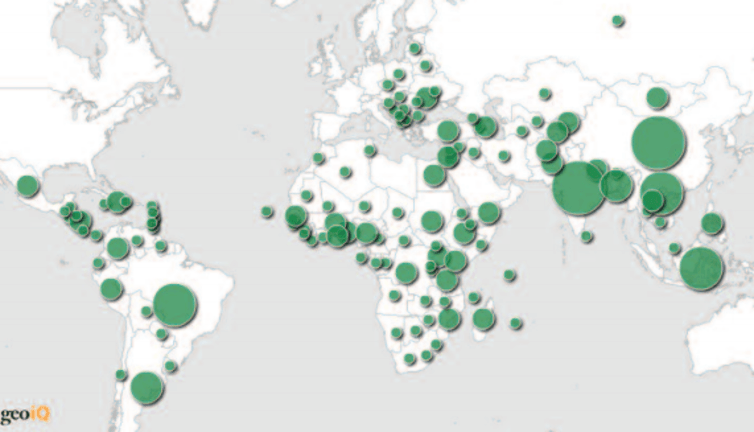
|
The largest circles show the countries most in need of sanitation. World Bank | ||
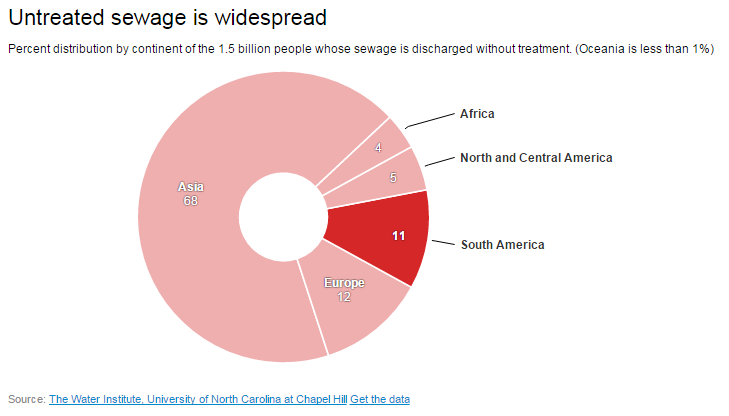
| |||

|
Human Waste
The SFD, or shit flow diagram, for Dhaka, Bangladesh shows that nearly all of waste is released into the environment untreated. World Water Week,
Human waste increases as population increases. With more than 7 billion people on the planet the volume of human waste is around 3 million metric tons per day! (Based on a population of around 7 billion and feces production per person of around 1lb per person per day!) | Open file #12979 | |

| School latrine in Ethiopia | ||

| Public latrine in China ... a community near Beijing | ||

| Because installing centralized sewage treatment plants is expensive and plants do not expand quickly to match population growth, alternative methods such as regular waste collection businesses are needed. gtzecosan/flickr, CC BY | ||
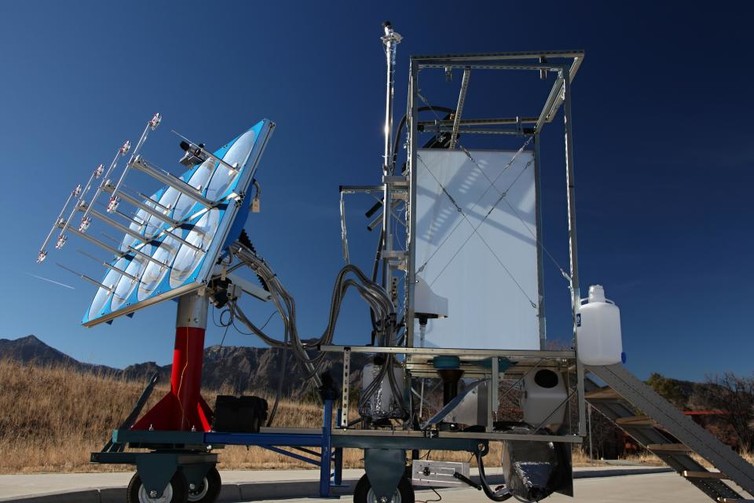
| A technology initiative funded by the Bill and Melinda Gates Foundation ... conversion to biochar |
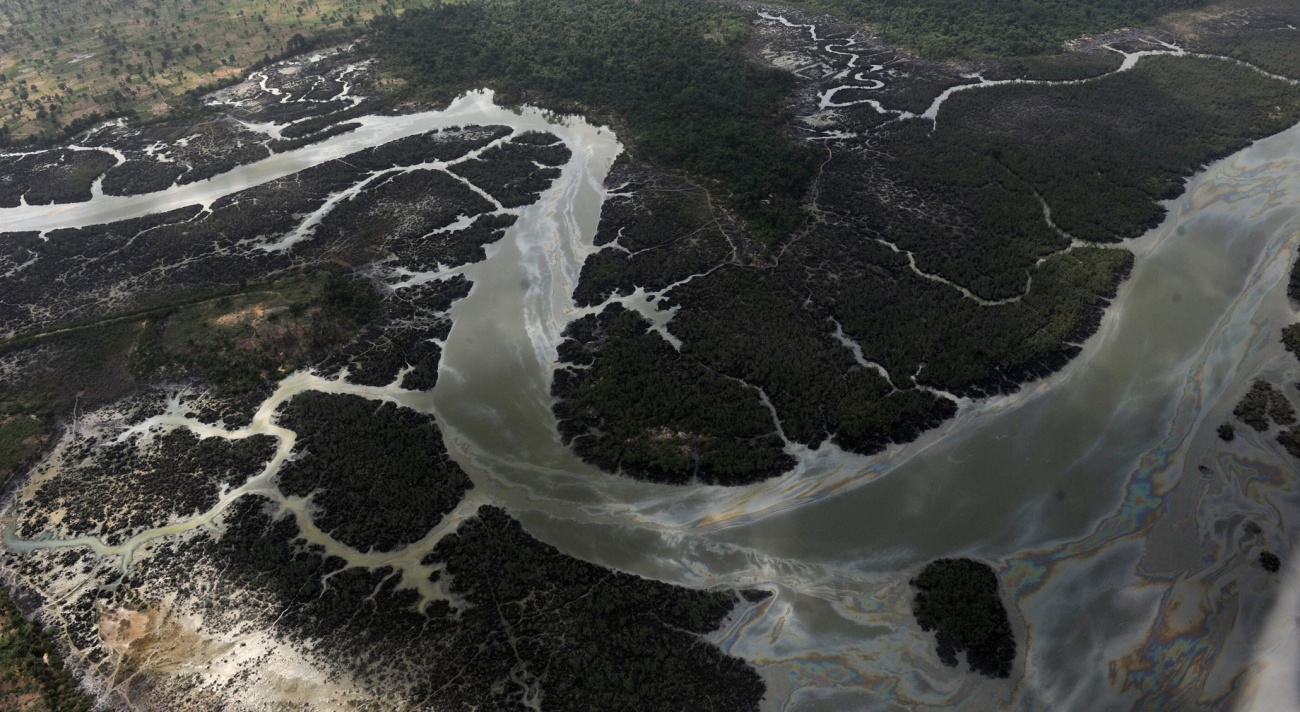

| |||

| Plastic in the Oceans Between 1950 and 2015, an estimated 8.3 billion metric tons of plastic have been produced globally, and 75% of this plastic has been thrown away. A large percentage of this waste has ended up in the world’s oceans, creating the problem that is so graphically shown in Power’s photos. | Open file #14012 |
Emerging-Air-Pollution-Issues-in-Changing-Pearl-River-Delta-of-South-China

'http://truevaluemetrics.org/DBpdfs/Pollution/Emerging-Air-Pollution-Issues-in-Changing-Pearl-River-Delta-of-South-China.pdf' | Open PDF ... Emerging-Air-Pollution-Issues-in-Chainging-Pearl-River-Delta-of-South-China |
|
STATE OF GLOBAL AIR / 2018
A SPECIAL REPORT ON GLOBAL EXPOSURE TO AIR POLLUTION AND ITS DISEASE BURDEN (24 pages) 'http://truevaluemetrics.org/DBpdfs/Pollution/AirPollution/State-of-Global-Air-2018.pdf' | Open PDF ... State-of-Global-Air-2018 |

|
| Environmental Regulations | GO TOP |
|
Rules and Regulations for Environmental Responsibility
Until quite recently there virtually no rules and regulations to ensure that economic actors were environmentally responsible. Essentially, it was 'laissez faire' ... anything goes ... and as long as it was profitable , then I am going to do be done. For most of the industrial revolution, environmental pollution was awful. TPB aside: As a young child I spent many Christmas and Easter holidays staying with my grandparents who lived in Wakefield in the West Riding of Yorkshire, in the industrial North of England ... a huge contrast from our home in Okehampton, a small agricultural market town in the middle of Devonshire. I remember being told 'where there's muck, there's money' and being told that it was a good sign when the chimneys of the textile mills were spewing dark black smoke and a bad sign when they weren't. Everything was covered in grime ... soot from the smoke. And of course, we burnt coal to keep ourselves warm. and in fact, also cooked on a huge coal fired range! |
|
Post War Europe
In the immediate years after WWII Europe started to work on cleaning up the pollution in the great rivers like the Rhine. |
|
United States
Industrial pollution was not addressed in the United States until the early 1970s. It was President Richard Nixon that established the US Environmental Protection Agency (EPA) and steps started to be taken to clean up the water pollution and the air pollution. California and particlarly Los Angeles was faced with terrible air pollution from automobiles and took the lead in requiring catalytic converters to limit the nitrous oxides from vehicle tail pipes. It is remarkable that President Trump is leading the charge in the United States to roll back environmental regulations and allow all sorts of environmentally irresponsible behavior. |
| TO DO ... the images have to be made more relevant to the subject matter | |||||

|

|

|

|

|

|


 


|
|
Identifying the World’s Top Corporate Plastic Polluters
For the second year in a row, Coca Cola came in as #1 Top Global Polluter. 'http://truevaluemetrics.org/DBpdfs/Pollution/Corporate-Plastic-Polluters-17554.pdf' | Open PDF ... Corporate-Plastic-Polluters-17554 |